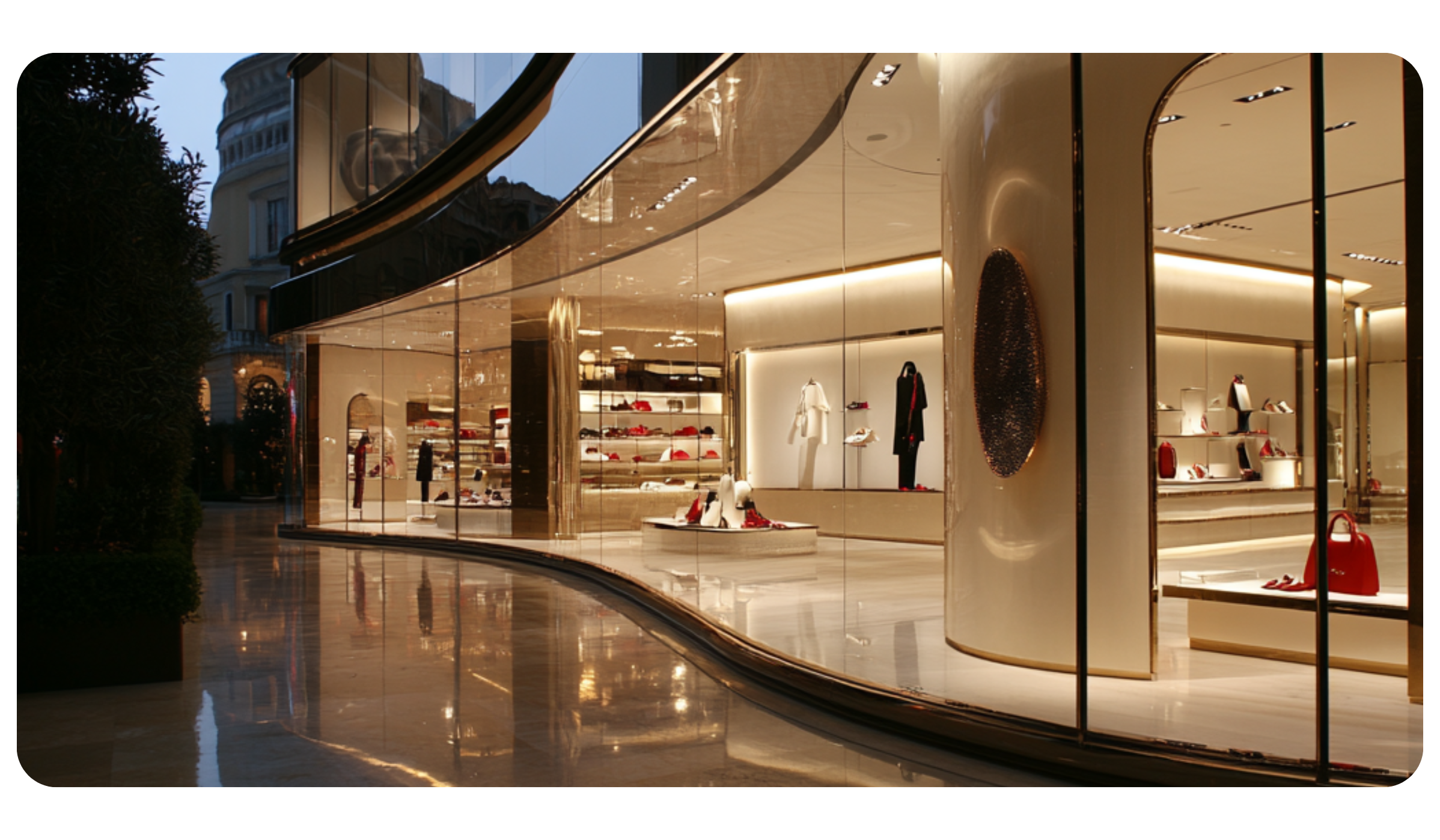The Evolution of Marketing: From Intrusion to Invitation
From intrusion to invitation.
From intrusion to invitation.

Marketing, in its most traditional form, has long been a game of volume and persistence. The loudest voice, the lowest price, the most unavoidable presence seemed to be the pillars of success.
Think of flashing billboards lining city streets, the relentless ads disrupting your scrolling, the door-to-door salesperson determined to make their pitch. This brand of marketing isn’t designed to delight, it’s designed to dominate. Instead of catching your eye it forcefully kidnaps attention, holding it hostage long enough to (hopefully) instill brand recognition and provoke action.
While we’ve grown accustomed to these tactics, they remain unpleasantly disruptive. Consumers don’t engage with them by choice; they tolerate them out of necessity, which is a death blow for budgets and efficiency. Traditional marketing casts an immense, costly net, reaching vast numbers of people who may never have an interest in what’s being sold. It’s an expensive gamble, one that brands can no longer afford and consumers won’t tolerate.
The future of marketing isn’t about commandeering attention; it’s about earning it. It’s about speaking to people when and how they wish to be spoken to and ensuring that every interaction feels intentional, relevant, and valued.
Modern consumers are highly discerning. They curate their content, filter their feeds, and increasingly expect brands to fit seamlessly into their world rather than force their way in. The most successful brands today understand this shift and are redefining the way they communicate, moving away from broad-spectrum messaging and toward tailored, strategic touchpoints that respect consumer autonomy.
Luxury brands, in particular, have long mastered this art. Rather than screaming for attention, they cultivate an air of exclusivity and desirability. They don’t interrupt; they intrigue. They understand that the most powerful marketing doesn’t rely on mass saturation but on precision—offering the right message, in the right way, at the right time.
The path forward requires a fundamental shift in how we approach marketing. Instead of demanding attention, we must focus on designing experiences that invite consumers in. This evolution is defined by four key principles:
1. Understanding the Consumer Journey
Brands must move beyond the outdated notion of a linear sales funnel and instead map a more nuanced, dynamic consumer journey. From initial awareness to post-purchase advocacy, every touchpoint should be carefully considered, ensuring that consumers encounter the right information at the precise moment they need it.
2. Meeting Consumers Where They Are
Instead of bombarding consumers with messages they didn’t ask for, brands should focus on being present in the spaces where their audience naturally seeks information. This means leveraging sophisticated data insights to engage thoughtfully across social platforms, digital communities, and even physical environments in ways that feel seamless rather than intrusive.
3. Providing Value at Every Interaction
Offer something genuinely useful. Whether it’s an interactive shopping experience, personalized recommendations, or compelling content that educates or entertains, each interaction should feel like a value exchange rather than an interruption.
4. Cultivating Brand Affinity Through Storytelling
Consumers don’t just buy products, they buy into stories, aesthetics, and values. The most enduring brands craft narratives that resonate on a deeper level, creating an emotional connection that transcends the transactional. This is especially true in the luxury space, where heritage, craftsmanship, and exclusivity are as much a part of the appeal as the product itself.
Some innovative brands are already excelling in this new paradigm:
As we move forward, the brands that will dominate are those that respect the intelligence and autonomy of their audience. Marketing is no longer about imposing messages upon consumers—it’s about crafting moments of genuine resonance.
The challenge is no longer how to be seen but how to be remembered. And the answer lies not in volume, but in value.
Brands that embrace this evolution will not only capture attention—they’ll earn loyalty. And in a world where consumers have more choices than ever before, that is the ultimate competitive edge.
Viiision Is The Smarter Way to Connect. Viiision is a patented QR code platform that delivers real-time, multilingual, and secure engagement— without ads, competition, or distractions. Its the look and feel of an app, without the download. One scan. Instant connection.